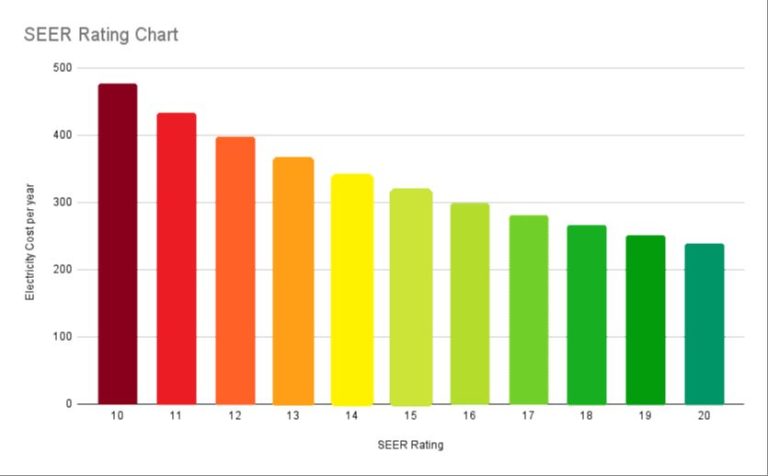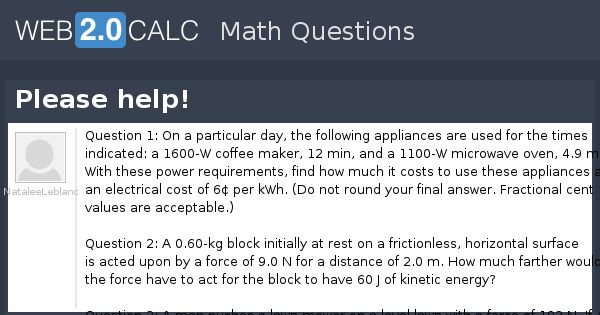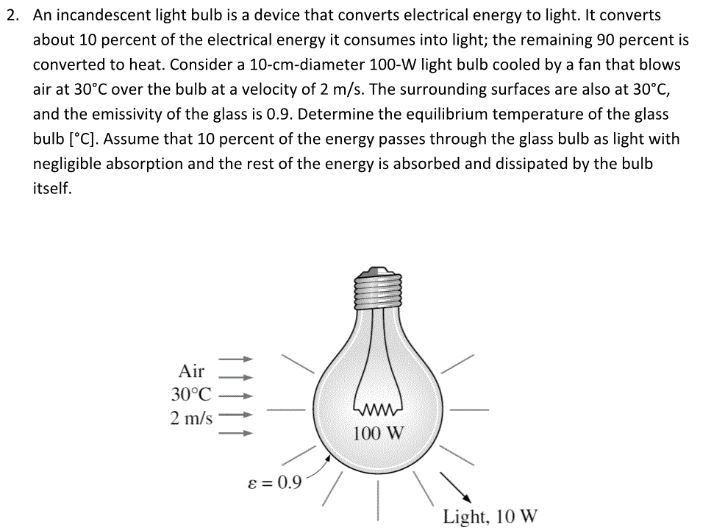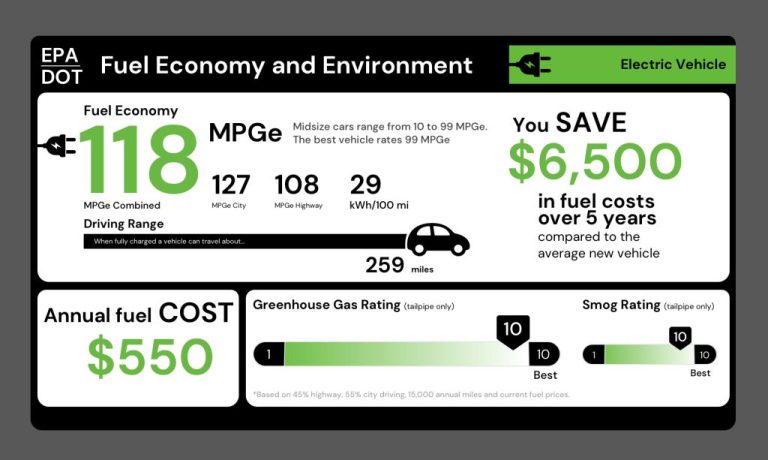What Is Power Consumption In Simple Words?
Power consumption refers to the amount of electrical energy consumed or used by homes, businesses, industries, and other facilities. It is typically measured in kilowatt-hours (kWh).
When we consume or use electrical power, we are basically transferring energy from the electrical grid into the devices, appliances, machinery, and equipment that require electricity to operate. The more electrical energy consumed, the higher the power consumption.
Understanding power consumption allows us to track electricity usage, identify ways to use power more efficiently, and make informed decisions about our energy needs. Monitoring consumption is also important for calculating electricity bills, planning future supply and infrastructure, and assessing environmental impacts.
Where Power Comes From
Most of the electricity in the United States is generated at power plants that convert energy sources into electricity. The main sources used to make electricity are:
- Coal – Coal is burned to heat water and produce steam. The steam turns turbines which spin generators to produce electricity.
- Natural Gas – Natural gas is burned to heat water and produce steam. Like with coal, the steam turns turbines which power electricity generators.
- Nuclear – The tremendous heat generated by nuclear fission produces steam to spin turbines and generators.
- Hydropower – Flowing water spins large turbines connected to electricity generators.
- Wind – The kinetic energy of wind turns the blades of wind turbines, which rotate generators to produce electricity.
- Solar – Solar panels convert energy from sunlight into electricity.
Coal and natural gas are the most widely used energy sources for power generation in the U.S., providing close to 60% of electricity.
How Power Gets to Homes/Businesses
Electricity is distributed through a complex network called the electric grid. This consists of high voltage transmission lines that carry electricity long distances from power plants to substations located near demand centers like cities and towns. The voltage is stepped down by transformers at substations before being sent over lower voltage distribution lines to homes, businesses, and other end users. The distribution system includes pole-mounted lines, as well as underground lines in some areas. From these lines, service drops connect individual customers to the grid.
Substations contain large power transformers to reduce, or step down, power from transmission voltage levels to distribution voltage levels. They also contain switches, protective devices like circuit breakers, and control equipment to manage power flows. Substations are integral points between high voltage transmission lines and lower voltage distribution lines.
Distribution lines carry electricity to neighborhoods at voltages between 2,400 and 35,000 volts. More transformers further step down the voltage before the service drop delivers power at 120/240 volts to homes and businesses. The distribution system is designed with protective equipment to isolate faults and prevent major outages from cascading through the grid.
What Uses Power
Electricity powers many appliances, devices, and equipment that we use every day in homes, businesses, and industries. Here are some of the major electricity uses:
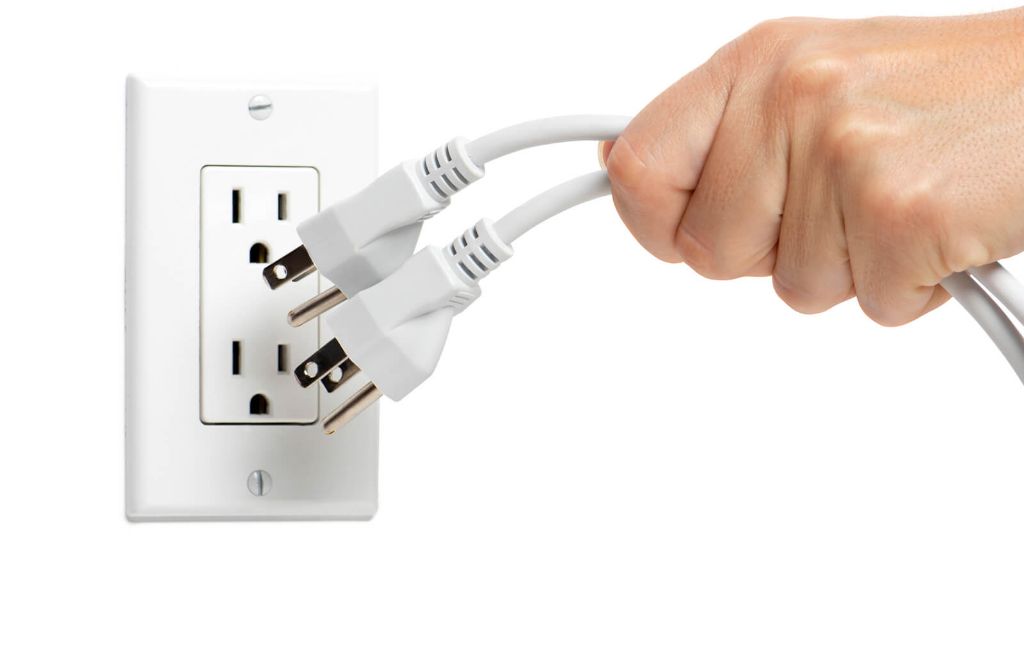
-
Lighting – Light bulbs and fixtures like lamps, overhead lighting, outdoor lighting, etc.
-
Heating and Cooling – Air conditioners, space heaters, furnaces, heat pumps, fans, etc.
-
Refrigeration – Refrigerators, freezers, dehumidifiers, water coolers, etc.
-
Cooking – Ovens, stoves, ranges, microwaves, toasters, coffee makers, etc.
-
Cleaning – Vacuum cleaners, dishwashers, washing machines, dryers, etc.
-
Entertainment and Communication – TVs, computers, laptops, game consoles, modems, routers, etc.
-
Other Major Appliances – Water heaters, pool pumps, well pumps, sump pumps, etc.
In a typical home or business, lighting, heating/cooling, major appliances, and electronics account for the bulk of power usage.
Measuring Power Use
Power use is measured in units called kilowatt-hours (kWh). A kilowatt-hour represents the amount of electricity needed to power one kilowatt for one hour. For example, a 100-watt light bulb running for 10 hours would use 1 kilowatt-hour of electricity (100 watts x 10 hours = 1,000 watt-hours = 1 kWh).
To track how much power is being used in a home or business, an electricity meter is used. Electricity meters measure the total kWh usage over a billing period, typically one month. Meters record how much total energy is consumed, not how it is used at specific times. Utility companies read the meter monthly and use that usage amount to calculate the electricity bill.
Smart meters are a newer type of digital meter that can provide more detailed energy use data. Smart meters record consumption hourly or more frequently and communicate that data back to the utility company. This allows both the utility and consumer to better understand energy usage patterns.
Factors That Affect Power Use
Your family’s or business’s power use is determined by a number of factors. The main ones are usage habits, the number of devices being powered, and their energy efficiency.
Usage habits have a big impact. Leaving lights, appliances, and electronics on when they are not being used results in unnecessary power consumption. Turning them off, unplugging devices, and utilizing sleep/power-saving modes can significantly reduce usage. The more conscious you are of turning things off when not needed, the less power you’ll use.
The number of devices you have also affects consumption. The more electrical devices running in a home or business at any given time, the more power is being drawn. Every additional device adds to your usage, so consider consolidating and minimizing the number of devices you have powered on to reduce overall consumption.
How energy efficient your devices are also matters. Older appliances and electronics tend to use more energy than newer ENERGY STAR certified models. Upgrading devices, especially those you use frequently like refrigerators and washing machines, can result in substantial power savings over time.
Saving Power
There are many simple ways to reduce power usage around your home or business. Here are some tips:
- Replace incandescent lightbulbs with LED bulbs. LEDs use up to 90% less energy.
- Unplug devices and electronics when not in use. Many devices still draw power even when turned “off.”
- Adjust your thermostat. Keep it a few degrees warmer in summer and cooler in winter to reduce A/C and heating usage.
- Wash clothes in cold water instead of hot. Heating the water takes a lot of energy.
- Replace old appliances with ENERGY STAR certified models. They meet strict energy efficiency guidelines.
- Use power strips. Turn off the strips when equipment is not in use to prevent phantom load.
- Open blinds and curtains during the day to utilize natural sunlight and warmth.
Installing energy efficient devices like LED lights, programmable thermostats, and ENERGY STAR appliances can help reduce your power consumption over time.
Cost of Power
The cost of electricity is typically measured in cents per kilowatt-hour (kWh). A kilowatt-hour is the amount of electricity needed to power a 1,000 watt appliance for one hour. The average price per kWh for electricity in the United States is around 12 cents, though prices vary significantly by state and provider. Some factors that influence the price per kWh include:
- The electricity provider and type of service plan
- Where you live and energy infrastructure in that region
- Time of day usage (peak vs off-peak hours)
- Season and electricity demand
- Government regulations and taxes
Electricity providers use different pricing models, like flat rate pricing, tiered pricing, time-of-use pricing, and real-time pricing. Understanding the pricing model and rates is key to estimating your electricity costs. With some providers, you can reduce your costs by shifting usage to off-peak hours. But rates are complex, so it helps to evaluate all options to find the best electricity plan for your needs.
Environmental Impact
Generating electricity from fossil fuels like coal and natural gas releases carbon dioxide and other greenhouse gases which contribute to climate change and global warming. Burning coal also produces toxic pollutants that can cause health issues for people as well as damage ecosystems. Nuclear power creates nuclear waste that must be disposed of properly to avoid environmental contamination.
Renewable energy sources like solar, wind and hydropower have a much lower impact on the environment. Solar and wind don’t generate any emissions, while hydropower only produces emissions indirectly during dam and turbine construction. However, hydropower dams can disrupt river ecosystems and fish migration routes.
Overall, the large-scale impacts of fossil fuel and nuclear electricity generation on air, water and land pollution, resource extraction and climate change are substantial. Transitioning to renewable energy and improving energy efficiency are key steps to reducing the environmental footprint of power use.
Conclusion
In summary, power consumption refers to how much electrical energy is used. Power plants generate electricity that gets transmitted to homes and businesses through power lines and cables. We consume power by using electrical devices and appliances. Power use is measured in units like kilowatt-hours. How much power we use depends on factors like the number and types of electronics we have and how we use them. We can reduce power consumption by using energy efficient devices, turning things off when not in use, and modifying energy habits. Electricity comes with costs and environmental impacts. By understanding where power comes from and how we use it, we can make informed choices to conserve energy.

